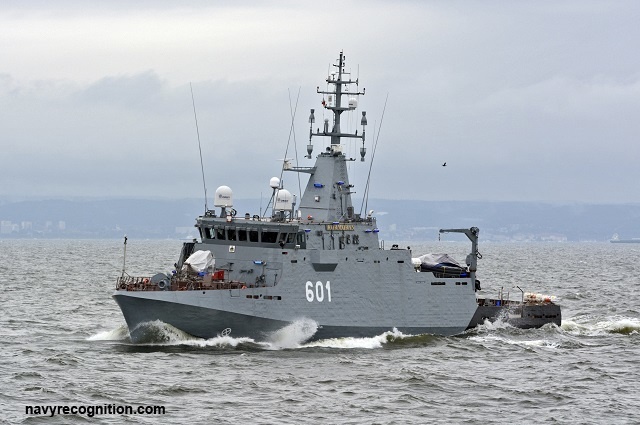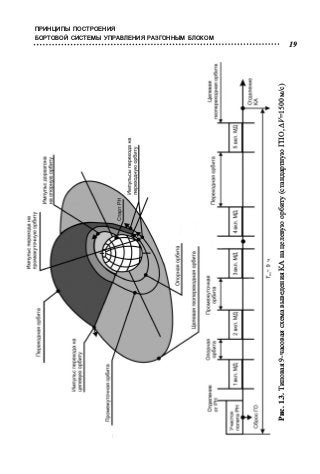
BYMS minesweepers in the Polish Mine Action Force
Polish minesweepers BYMS included - Foka, Delfin and Mors in the port of Oksivi. Photo by Janusz Uklejewski / Marek Twardowski Collection
The Second World War indisputably proved that mine weapons, used both in the offensive and in defense, are a formidable, effective and economical means of fighting at sea. Statistics given in the history of naval wars show that if 2600 mines were used in the Crimean War, and 6500 in the Russian-Japanese War, then about 310 thousand were installed in the First World War, and more than 000 thousand in the Second World War . Navies around the world have realized a growing interest in this cheap and effective means of warfare. They also understood the dangers involved.
Rise
March 4, 1941 at Henry B. Nevins, Inc. The minesweeper of the US Navy Yard Class was laid down for the first time in City Island, New York. The ship was designed by the shipyard's design bureau and received the alphanumeric designation YaMS-1. The launching took place on January 10, 1942, and the work was completed 2 months later - on March 25, 1942. The ships were built of wood to speed up production. Wooden minesweepers of this type operated in many waters during World War II. A total of 561 ships were built at American shipyards. Originally called "Motor Minesweeper", the word "Yard" referred to "Naval Base" or "Naval Shipyard". Ships of this type were supposed to operate in the waters adjacent to their bases. They were built at 35 shipyards, in the lion's yacht section, 12 on the East Coast, 19 on the West Coast and 4 in the Great Lakes region.
The first ships of the YMS project were used by the US Navy to sweep mines laid by submarines back in 1942 on the approaches to the ports of Jacksonville (Florida) and Charleston (South Carolina). The YMS-class ships suffered the greatest losses on October 9, 1945, when 7 of them were sunk by a typhoon off Okinawa.
The YMS-class has proven itself to be one of the most durable and versatile types of mine action units in the US Navy, performing minesweeping and various roles in the navies of many countries of the world for a quarter of a century. All 481 ships of this type had the same general characteristics. The only significant change was in the appearance. YMS-1–134 had two chimneys, YMS-135–445 and 480 and 481 had one chimney, and YMS-446–479 had no chimney. Initially, units were used that were estimated as basic, i.e. for the purpose of mine preparation for landing.
In 1947, the YMS-class ships were reclassified to AMS (Motor Minesweeper), then in 1955 they were renamed MSC (O), changed in 1967 to MSCO (Ocean Minesweeper). These units conducted mine defense in Korea as part of a significant part of the mine action force. Until 1960, Navy reservists were trained on these ships. The latter was removed from the lists of the fleet in November 1969. USS Ruff (MSCO 54), originally YMS-327.
British YMS
The US Navy ordered 1 YMS-class ships to be transferred to the UK under the Lend-Lease program. In the US Navy list of ships, they were designated "British Motor Minesweeper" (BYMS) and were numbered 80 to 1. When transferred to the UK BYMS-80 through BYMS-2001, they were given numbers BYMS-2080 through BYMS-XNUMX. Their general characteristics were the same as those of their American counterparts.
